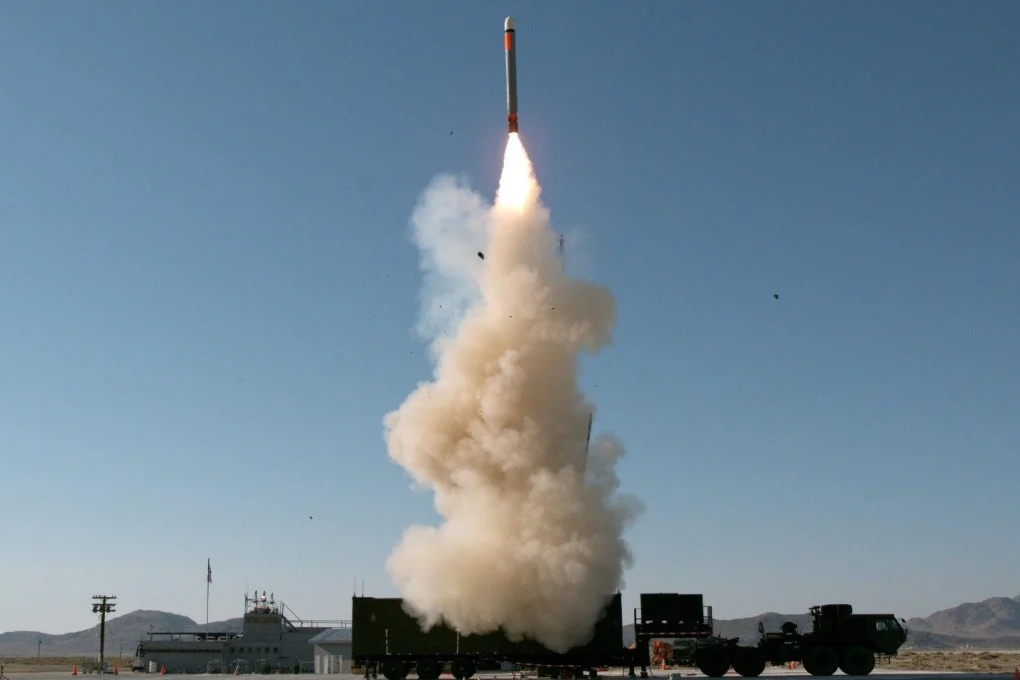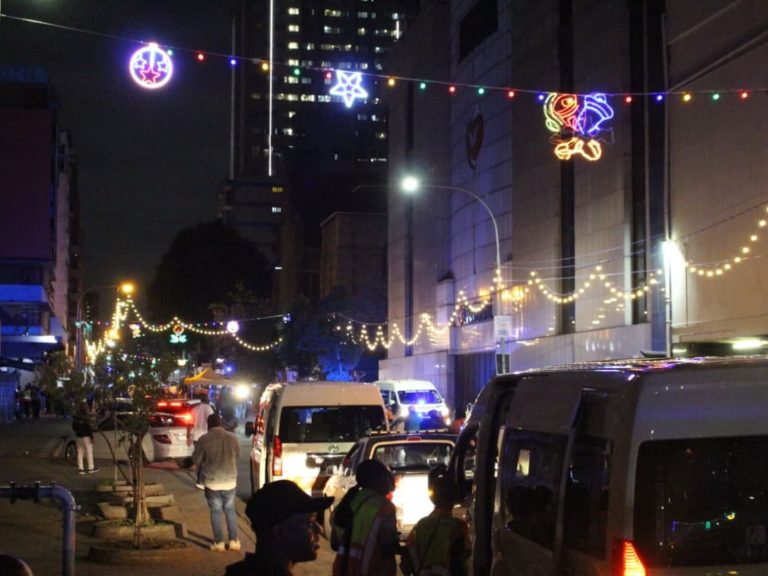
China has called on the United States and Japan to withdraw the US-developed Typhon missile system, unveiled for the first time in Japan during ongoing joint military drills.
The two allies began the “Resolute Dragon” exercises last Thursday, with operations set to continue until September 25, according to Japan’s Defence Ministry. Japan’s Self-Defense Forces confirmed to AFP that the Typhon system was showcased during the drills but stressed it would not be fired.
Beijing, however, reacted sharply. Foreign Ministry spokesperson Lin Jian told reporters Tuesday that the deployment ignored China’s “solemn concerns” and urged Washington and Tokyo to “promptly withdraw” the system.
“China expresses strong dissatisfaction and firm opposition,” Lin said, warning that the deployment risks destabilizing the region.
The Typhon system is part of the US Army’s long-range precision strike modernization program. It adapts Raytheon-produced SM-6 missiles and Tomahawk cruise missiles for ground launch, mounted on a truck-based, trailer-loaded platform designed for use in rugged terrain.
US Colonel Wade Germann, speaking at an air station in Iwakuni, Japan, on Monday, said Typhon would strengthen deterrence as Japan faces an “increasingly severe” security environment.
The system has already stirred tensions elsewhere in Asia. It was deployed in the northern Philippines in 2024 during joint exercises, and later that year, Manila announced plans to acquire the platform—an announcement that infuriated Beijing.
Lin accused Washington of fueling instability:
“The United States’ deployment of the Typhon system in Asian countries heightens the risk of a regional arms race and military confrontation, and poses a substantive threat to regional strategic security.”
The standoff underscores intensifying US-China rivalry in the Indo-Pacific, with Japan and the Philippines emerging as critical partners in Washington’s strategy to counter Beijing’s military assertiveness.


